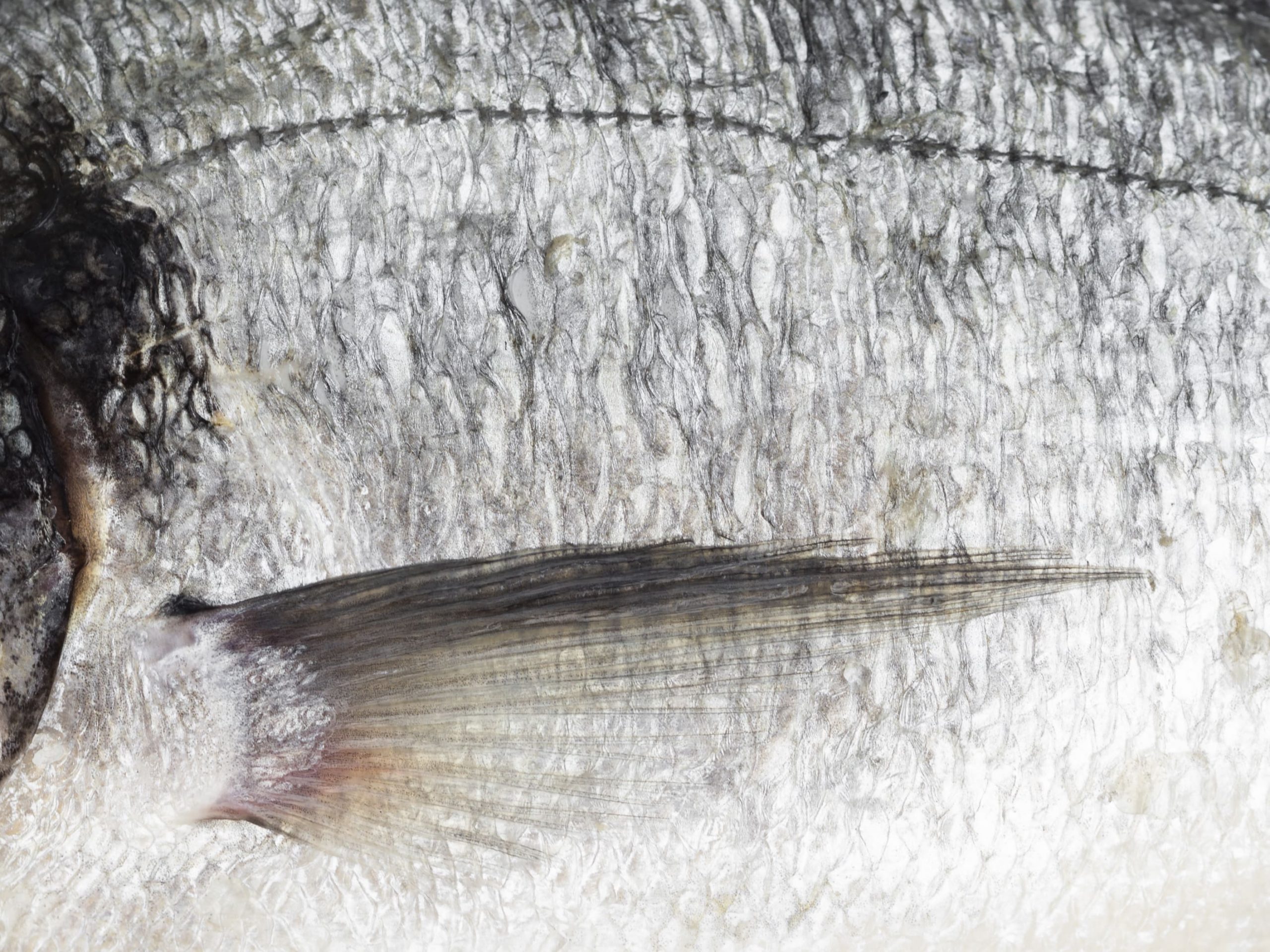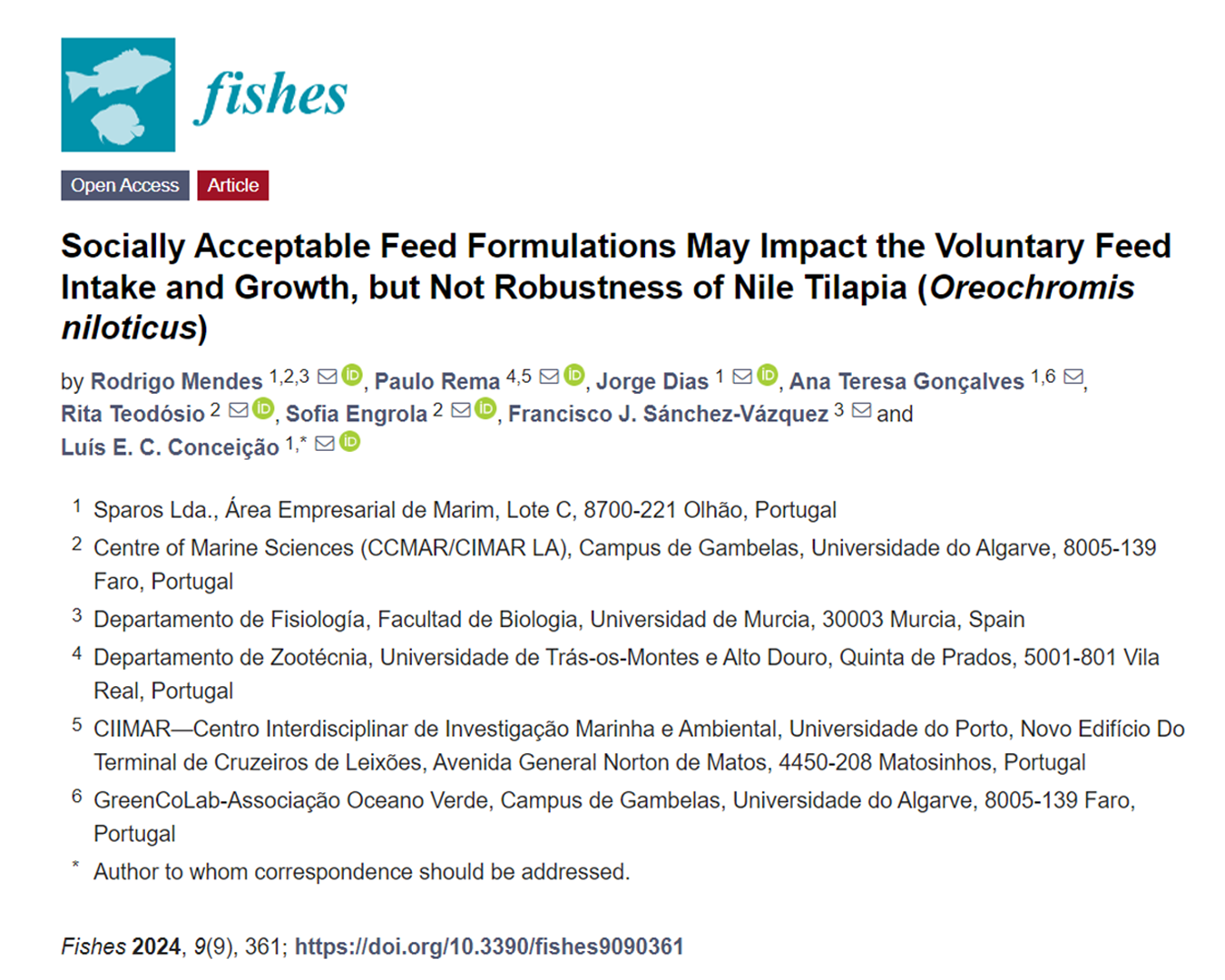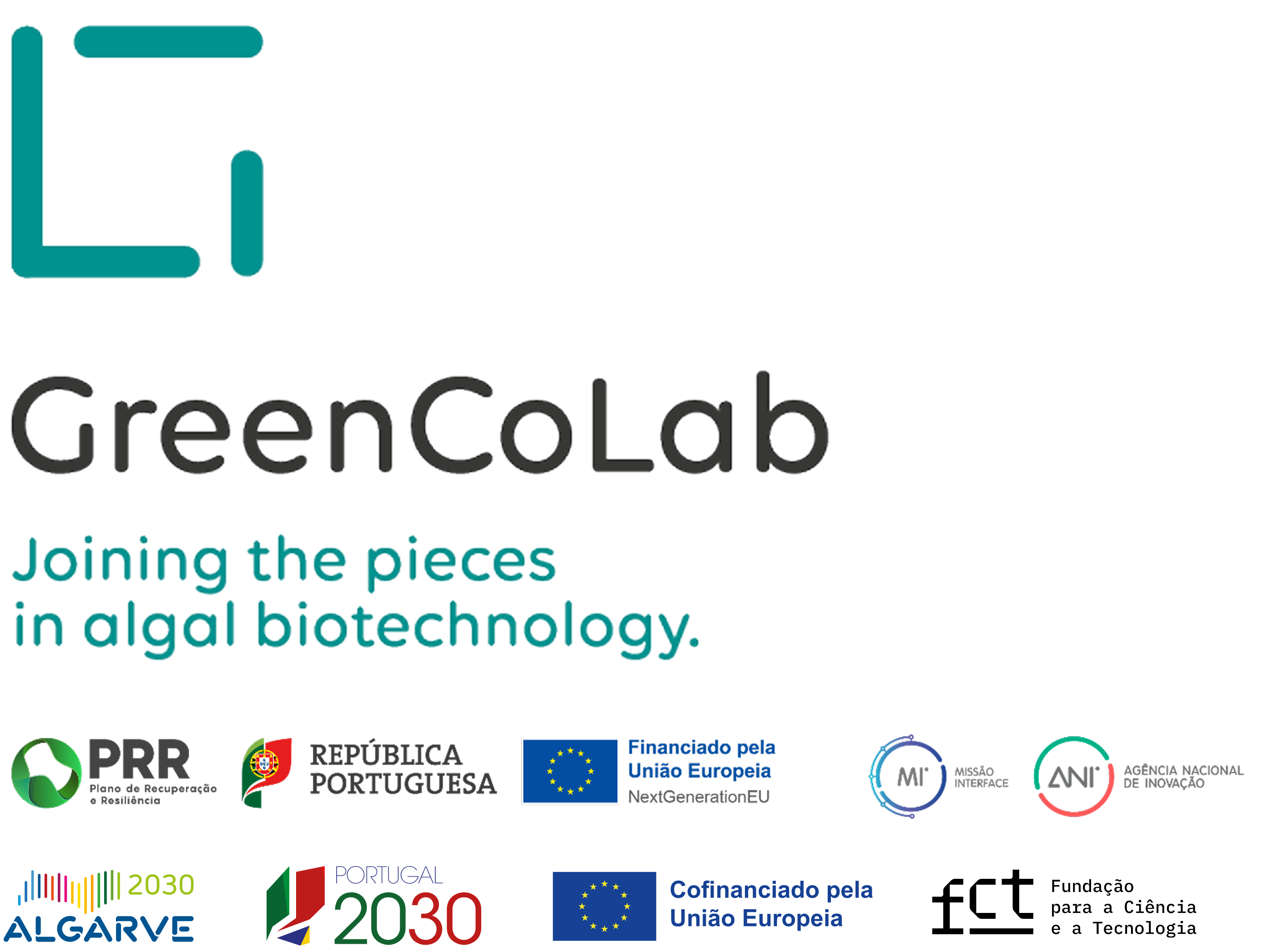

TITLE
Socially Acceptable Feed Formulations May Impact the Voluntary Feed Intake and Growth, but Not Robustness of Nile Tilapia (Oreochromis niloticus)
JOURNAL
Fishes
AUTHORS
Rodrigo Mendes, Paulo Rema, Jorge Dias, Ana Teresa Gonçalves, Rita Teodósio, Sofia Engrola, Francisco J. Sánchez-Vázquez, Luís E. C. Conceição
ABSTRACT
Society is becoming more demanding with aquaculture’s environmental footprint and animal wellbeing. In order to potentially mitigate these concerns, feed formulations could be based on eco-efficient (circular economy-driven) or organic ingredients. This study aimed to investigate the growth performance, feed utilization, and health status of juvenile Nile tilapia (Oreochromis niloticus) when fed with such feeds. The growth trial lasted for 8 weeks, and fish had an initial weight of 31.0 ± 0.5 g (mean ± SD). Fish were fed until visual satiation, in quadruplicate, with one of three isonitrogenous and isoenergetic experimental feeds: a commercial-like feed without fishmeal (PD), a diet based on ingredients compatible with organic certification (ORG), or a feed formulated using circular economy-driven subproducts and emergent ingredients (ECO). Fish fed ECO showed a tendency for decreased feed intake, while ORG fish significantly reduced their intake compared to those fed PD. Consequently, fish fed ECO (62.7 ± 5.4 g) exhibited almost half the growth than those fed PD (107.8 ± 6.1 g), while ORG fish almost did not increase their weight (32.7 ± 1.3 g). ECO and ORG diets had a lower digestibility for protein, lipid, and energy when compared to PD. Feed utilization of fish fed ECO or ORG was also lower than those fed PD. From the health-related genes analyzed, only glutathione reductase (gsr) showed statistically significant differences, being more expressed in fish-fed ECO than those fed PD. Thus, even when such novel formulations induced extreme effects on voluntary feed intake, their impact was noted only in fish growth, but not in robustness.



